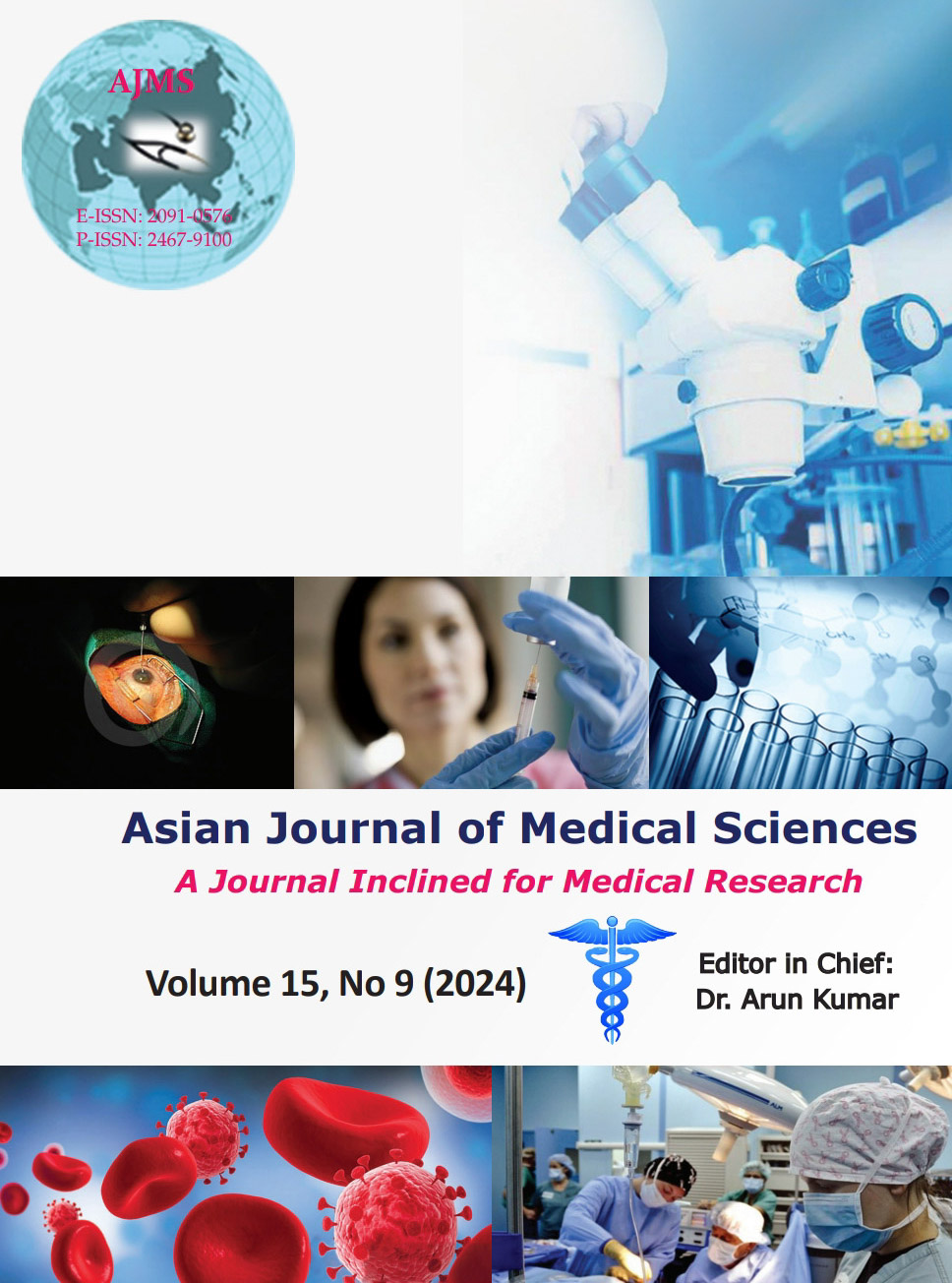An observational study to compare the pain relief scores of epidural midazolam and buprenorphine for post-operative patients
Keywords:
Acute pain; Post-operative pain; Analgesia; OpioidsAbstract
Background: As it was mentioned, the risk of adverse effects and complications is more than what is expected. Hence, the use of epidural analgesia (EA) was decreased in the management of post-operative pain. Hence, there is a need for another pharmacological agent that is more effective. Manly studies reported that buprenorphine transdermal and sublingual both have significant pain relief scores.
Aims and Objectives: The present study was undertaken to compare the pain relief scores of epidural midazolam and buprenorphine for post-operative patients.
Materials and Methods: A total of 60 male and female participants, within the age group with the American Society of Anesthesiologists grades I and II were recruited. After recruiting, they were randomly divided into two groups. Soon after the surgery, the pain scores were recorded using the Visual Analog Scale. Soon after recording the pain scores, the corresponding drugs were administered to the participants. Epidural midazolam 30 g/kg and buprenorphine 0.15 mg diluted in normal saline were administered to the corresponding groups for 24 h.
Results: There is no significant difference in the demographic data of the participants in both groups. There was no significant difference observed between the two groups. Both are equally effective. Nausea and vomiting are the mild side effects observed in the majority of the patients in both groups.
Conclusion: In the present study, we have observed similar actions by both drugs in the management of post-operative pain. The study not only adds to the literature about the effectiveness of these drugs but also explains the mild side effects. Hence, the study recommends the use of both these drugs in the management of post-operative pain so that patient satisfaction can be improved and the patient stay at the hospital can be minimized. Further, detailed and multi-center studies are recommended to generalize the results.
Downloads
Downloads
Published
How to Cite
Issue
Section
License
Copyright (c) 2024 Asian Journal of Medical Sciences

This work is licensed under a Creative Commons Attribution-NonCommercial 4.0 International License.
Authors who publish with this journal agree to the following terms:
- The journal holds copyright and publishes the work under a Creative Commons CC-BY-NC license that permits use, distribution and reprduction in any medium, provided the original work is properly cited and is not used for commercial purposes. The journal should be recognised as the original publisher of this work.
- Authors are able to enter into separate, additional contractual arrangements for the non-exclusive distribution of the journal's published version of the work (e.g., post it to an institutional repository or publish it in a book), with an acknowledgement of its initial publication in this journal.
- Authors are permitted and encouraged to post their work online (e.g., in institutional repositories or on their website) prior to and during the submission process, as it can lead to productive exchanges, as well as earlier and greater citation of published work (See The Effect of Open Access).




